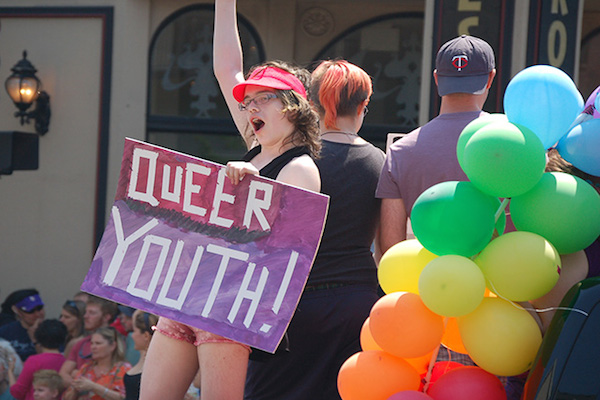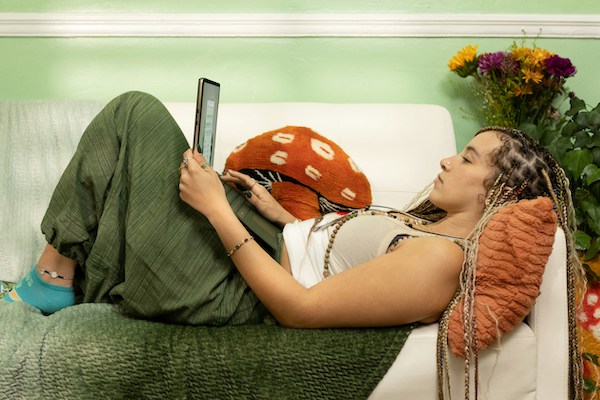Jess
February 11, 2015Ash
February 12, 2015
Photo by Corey Anderson
With so many leaps forward in civil and human rights for the LGBTQ community, it is a good time to ask the question, “What about our youth?” Unfortunately, the answer may not be what you expect.
I work and volunteer in diverse communities within the foster system and in shelters with homeless youth. I see the challenges that our LGBTQ youth are facing every day. What I see can either break my heart or inspire me to do more. I am hoping that this article will inspire our community to do more for our youth. Not just in policy but in the streets, shelters and foster care systems.
Facts on the Ground:
There may be an increased societal acceptance for the LGBTQ community as a whole; however our youth are not seeing the same acceptance. The Centers for Disease Control and Prevention tells us that LGB youth are two times more likely to attempt suicide than their heterosexual peers. 41% of people who are transgender or gender-nonconforming have attempted suicide sometime in their lives, nearly nine times the national average, according to the National Transgender Discrimination Survey.
What is causing such high rates? According to the Gay, Lesbian and Straight Education Network (GLSEN) School Climate Survey performed in 2013, sixty-nine percent of LGBTQ youth reported experiencing some form of harassment or violence in their lifetime.
The study also stated that over fifty percent of LGBTQ students feel unsafe at school and avoid school activities. The two most frequent reasons for LGBTQ students being harassed or assaulted at school were sexual orientation and gender expression. One out of five LGBTQ students reported being physically assaulted at school in the last twelve months.
Coming out as an adult can be difficult for some but often leads to a feeling of liberation and celebration. Coming out when under the age of eighteen often has devastating consequences.The National Gay and Lesbian Task Force (NGLTF) estimates that 26% of LGBTQ youth who came out to their parents were told to leave home.
Insecure housing and lack of family support can lead to living on the streets or entering the state’s foster care system. A study by the Williams Institute shows that as many as 40% of homeless youth identify as LGBTQ. If the youth enters the foster care system they face government and societal systems that are not educated or accepting of their status. The statistics show an increasingly grim picture for LGBTQ youth in the foster care system.
In 2012 the Children’s Bureau reported that there were approximately 400,000 youth in foster care in the United States. Of those at least five to ten percent of them are queer. The NGLTF estimates that one out of three homeless and foster youth reported suffering physical violence after coming out.
Instead of finding a forever family, LGBTQ youth are more likely to end up in a group home until they age out of the system. Once they “age out” they often enter a world that is homophobic and without the acceptance of their families many do not have an external support system.
Inspired to Make a Difference
The LGBTQ community has made many strides and worked hard to gain civil rights. We have also created a strong community with a foundation and infrastructure that can be used to help the next generation. We need to reflect on what kind of legacy we want to leave for those coming after us and find a way to make a difference for them.
Things you can do:
- Educate professionals and governmental systems about LGBTQ issues
- Work more closely with the schools to end bullying and promote equality and inclusion
- Consider becoming a mentor or foster parent so together we can start supporting our youth while simultaneously changing the government structure from within
- Create your own unique way to educate and promote equality and stability for our LGBTQ youth
- Inspire your friends and family to educate others and get involved with local organizations
- Visit the Gay, Lesbian Straight Education Network website glsen.org and find out more actions you can take to make a difference





